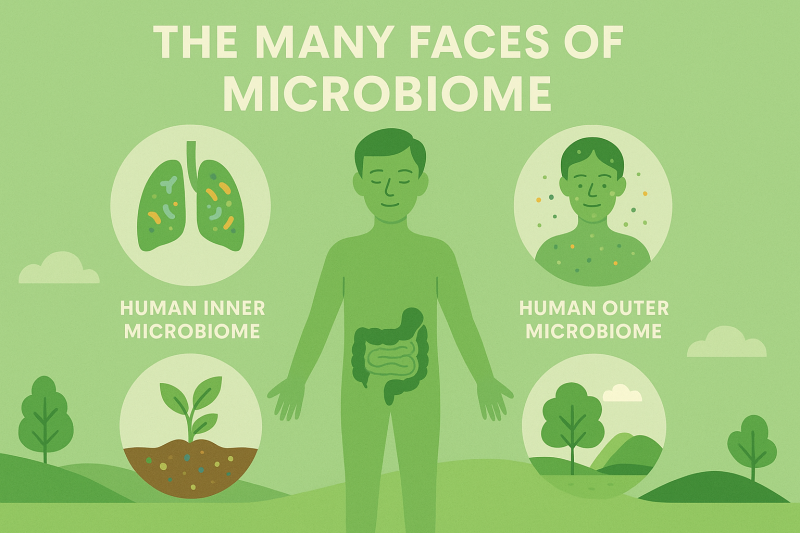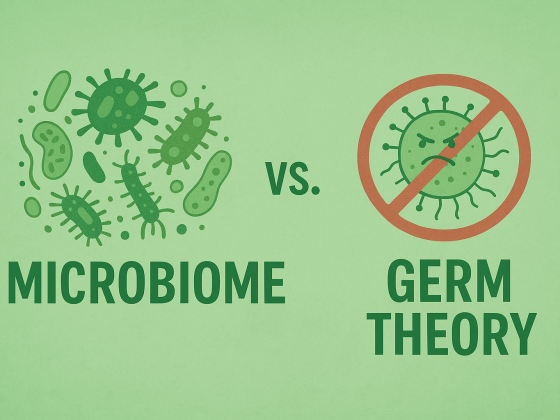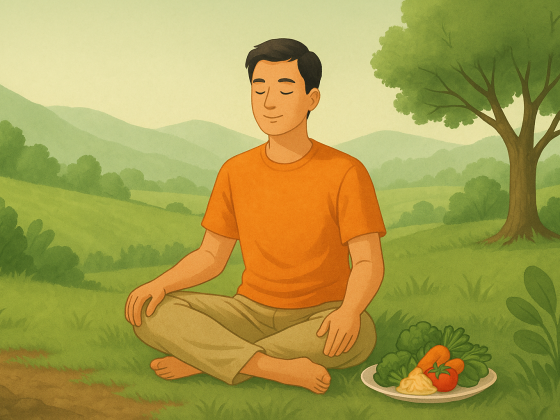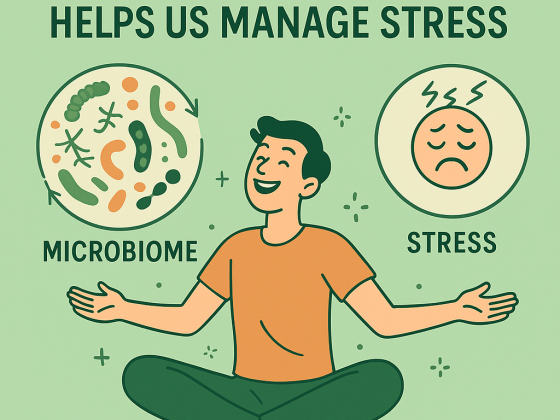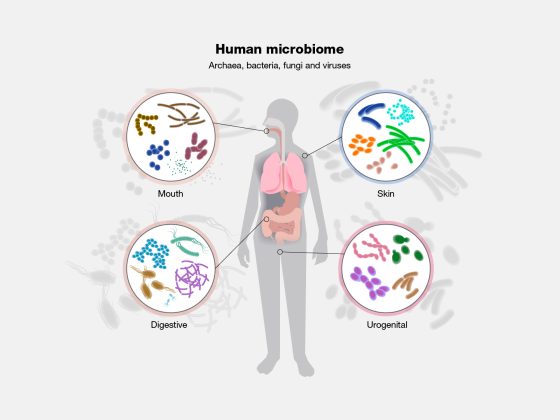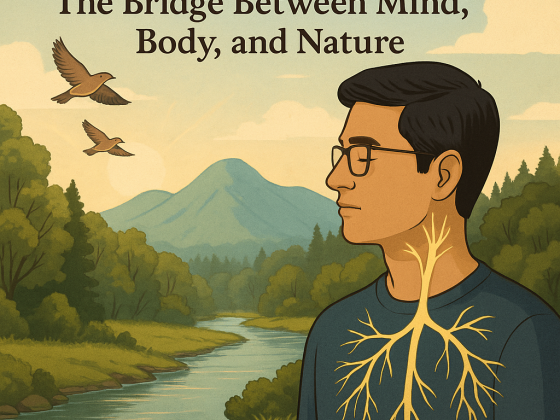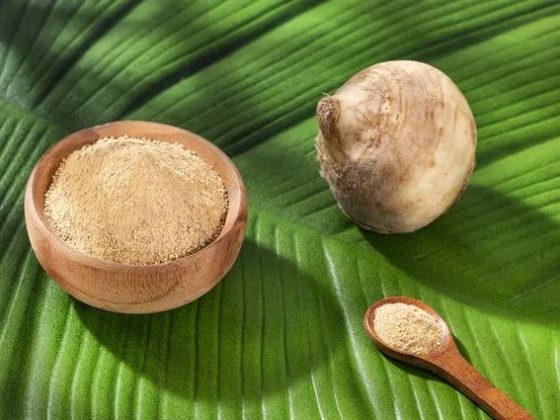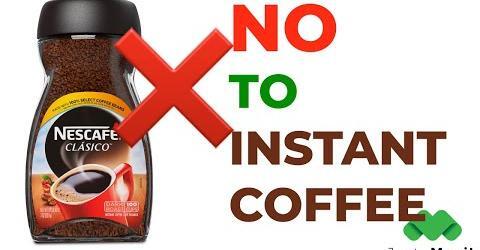There is a simple truth that continues to amaze me each time I sit and reflect on it: we are not alone. Even in our most private moments, when we think of ourselves as individuals, we are carrying with us an entire universe of invisible life. This universe is the microbiome—the vast collection of bacteria, fungi, viruses, and other microorganisms that live in and around us. They are everywhere: inside our bodies, on our skin, in the soil beneath our feet, in the rivers that flow past our villages, even in the air that surrounds the Himalayan hills. We are not separate from them; we are shaped by them.
I realized this truth deeply during my own healing journey. For years, I struggled with illnesses that modern medicine could not fully explain. I suffered, I searched, and then I found light through the teachings of Dr. Awadhesh Pandey. He often reminded me that healing does not come only from treatment but from knowledge. He guided me to see that my health was not separate from the life inside me. The day I started respecting my microbiome—through food, through nature, through stillness—was the day my health began to return.
The Human Inner Microbiome
When people talk about the microbiome, most often they mean the one that lives inside us. The gut microbiome is perhaps the most studied and most celebrated. Trillions of microbes inhabit our digestive tract, forming what scientists now call a “second brain.” They break down food, produce vitamins, regulate metabolism, and communicate directly with the nervous system. Serotonin, the neurotransmitter responsible for happiness and emotional stability, is largely produced in the gut with the help of these microbes.
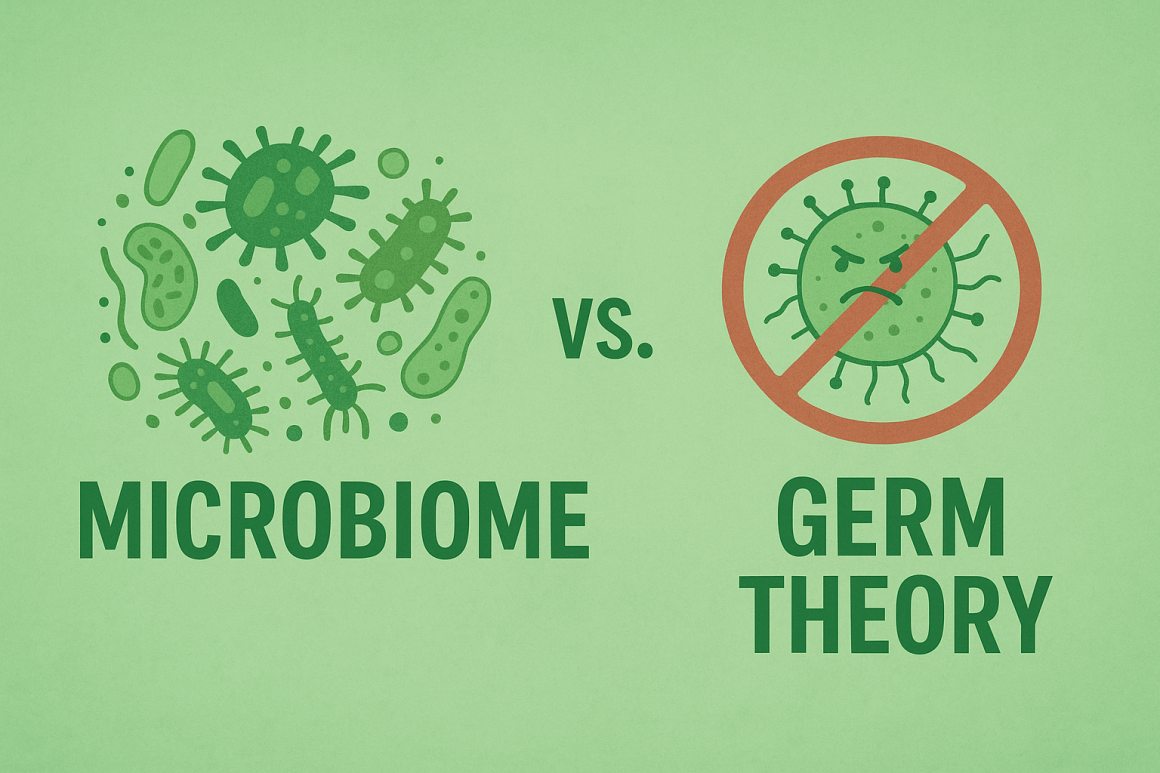
But the inner microbiome is not limited to the gut. There are unique microbial communities in the mouth, lungs, and reproductive system, each with their own roles. In the oral microbiome, friendly bacteria keep harmful ones in check and prevent tooth decay and gum disease. In the lungs, microbes interact with immune cells to reduce inflammation and protect against respiratory illness. Even the vaginal microbiome plays a role in reproductive health, balancing species to prevent infection and support fertility.
For me, I noticed that when my gut was in pain, my mood would always follow. I felt restless, anxious, unable to focus. But as I slowly rebuilt my gut health with natural foods—simple dal-bhat, fermented gundruk, sinki, fresh greens from the garden—I could feel not just my digestion improving, but my mind becoming calmer. It was as though the microbes inside me were whispering peace into my brain.
The Outer Human Microbiome
If the inner microbiome is our hidden companion, the outer microbiome is our shield. The skin, our largest organ, is covered with a thin film of microbial life. These microbes protect us from pathogens by competing for space and nutrients, producing antimicrobial substances, and training the immune system to recognize danger without overreacting.
The outer microbiome is personal and unique, shaped by the environment we live in. I grew up spending time outdoors, and I always believed that walking barefoot on the ground, bathing in rivers, or playing in the fields was more than just fun. Now I know why—it was my way of enriching my outer microbiome. Each touch of soil, each drop of water, each breeze carried microbes that became part of me. I believe this is why people who live close to nature often seem healthier and more resilient than those who are cut off from it.
The Soil Microbiome: The Root of All Life
To understand the microbiome only within the human body is to miss the larger picture. Beneath our feet lies one of the most diverse and important microbiomes of all—the soil. The soil microbiome is responsible for recycling nutrients, breaking down organic matter, and allowing plants to grow. Without soil microbes, there would be no food, no forests, no life as we know it.
Plants depend on these microbes in much the same way humans depend on their gut flora. Friendly soil bacteria fix nitrogen, making it available for roots, while fungal networks connect entire forests together, allowing trees to share nutrients and warnings about pests. This is not fantasy; it is what scientists call the “wood wide web.”
I feel this connection each time I return to my family’s land in Nepal. The smell of wet earth after rainfall is not just comforting—it is life itself. The soil is alive with microbes, and the vegetables grown in such soil carry invisible gifts that nourish our gut microbiome in turn. But when chemicals and pesticides enter, this natural harmony is destroyed, and we see the results in weaker harvests, less nutritious food, and declining health.
The Environmental Microbiome
Beyond the soil, there are vast microbiomes in the air, water, and built environments where we live. Every breath we take brings in airborne microbes that interact with our respiratory system. Some strengthen us, while others can cause disease if balance is lost. Lakes, rivers, and oceans contain microbial life that regulates the planet’s cycles, from producing oxygen to breaking down pollutants. Even the walls of our homes, the dust in our rooms, and the surfaces we touch are populated by microbial communities.
I feel most alive when I walk in the forests of Darjeeling or sit by a river in Nepal. Science now confirms what I felt in my heart—that these environments strengthen us by exposing us to diverse environmental microbes. In contrast, sterile city apartments with closed windows and artificial air leave us disconnected from this invisible nourishment.
The Connection Between All Microbiomes
The most fascinating part of this story is how all these microbiomes—inner, outer, soil, and environmental—connect with one another. The food we eat, grown in soil, becomes nourishment for our gut microbes. The air we breathe, filled with environmental microbes, influences our respiratory and skin microbiome. Our lifestyle choices, from diet to time spent outdoors, weave these microbial worlds into a single fabric. It is not possible to separate them; they are different expressions of the same living principle.
Dr. Awadhesh Pandey often described this interconnectedness as the “circle of microbial life.” He taught that humans cannot be healthy unless the earth is healthy, and the earth cannot be healthy without respecting its microbial balance. His wisdom reminds me that the microbiome is not just a scientific curiosity but a bridge between nature and humanity, between the seen and unseen.
A Personal Reflection on Microbial Friendship
When I pause and reflect, I realize how strange it is that for most of history we were taught to fear microbes. The Germ Theory, as I wrote earlier, painted them as enemies to be eradicated. And yet here I am today, alive only because of them. Every meal I digest, every breath I take, every thought that crosses my mind is touched by microbes. When I feel stressed, it is my gut microbiome that decides how much cortisol is released. When I walk barefoot on grass, it is the soil microbiome that connects me back to the earth. When I sit in the shade of a tree, it is the environmental microbiome that calms my immune system and fills me with peace.
This realization humbles me. It teaches me gratitude. I am not the master of life; I am a guest in a world built by microbes.
Toward a Future of Balance
If we want to move forward as a healthier society, we must leave behind the fear-driven mindset of killing germs and adopt the wisdom of nurturing microbiomes. This means farming practices that restore soil health, diets rich in diverse natural foods, lifestyles that embrace nature, and medical practices that strengthen rather than sterilize.
Conclusion: The Hidden Symphony of Life
The microbiome is not just inside us—it is everywhere. It is the unseen symphony that connects our bodies to the soil, the environment, and the entire planet. Each type—human inner microbiome, human outer microbiome, soil microbiome, and environmental microbiome—plays its role in sustaining life. Together, they remind us that we are ecosystems, not individuals, and that our health is woven into the fabric of the living world.
When I write about this, I feel as though I am writing about friendship. The microbiome is not my enemy; it is my greatest ally. It is the quiet force that carries me through each day, shaping my health, my mood, and my future. To honor the microbiome is to honor life itself.
